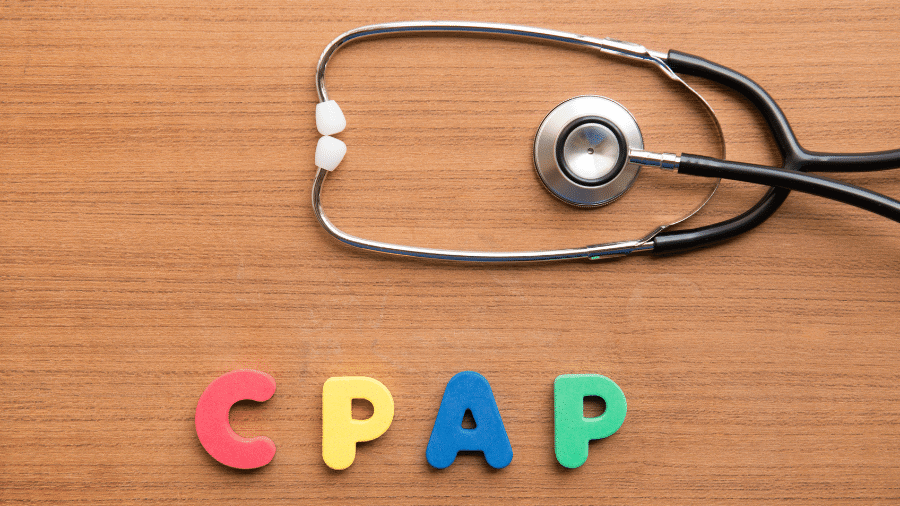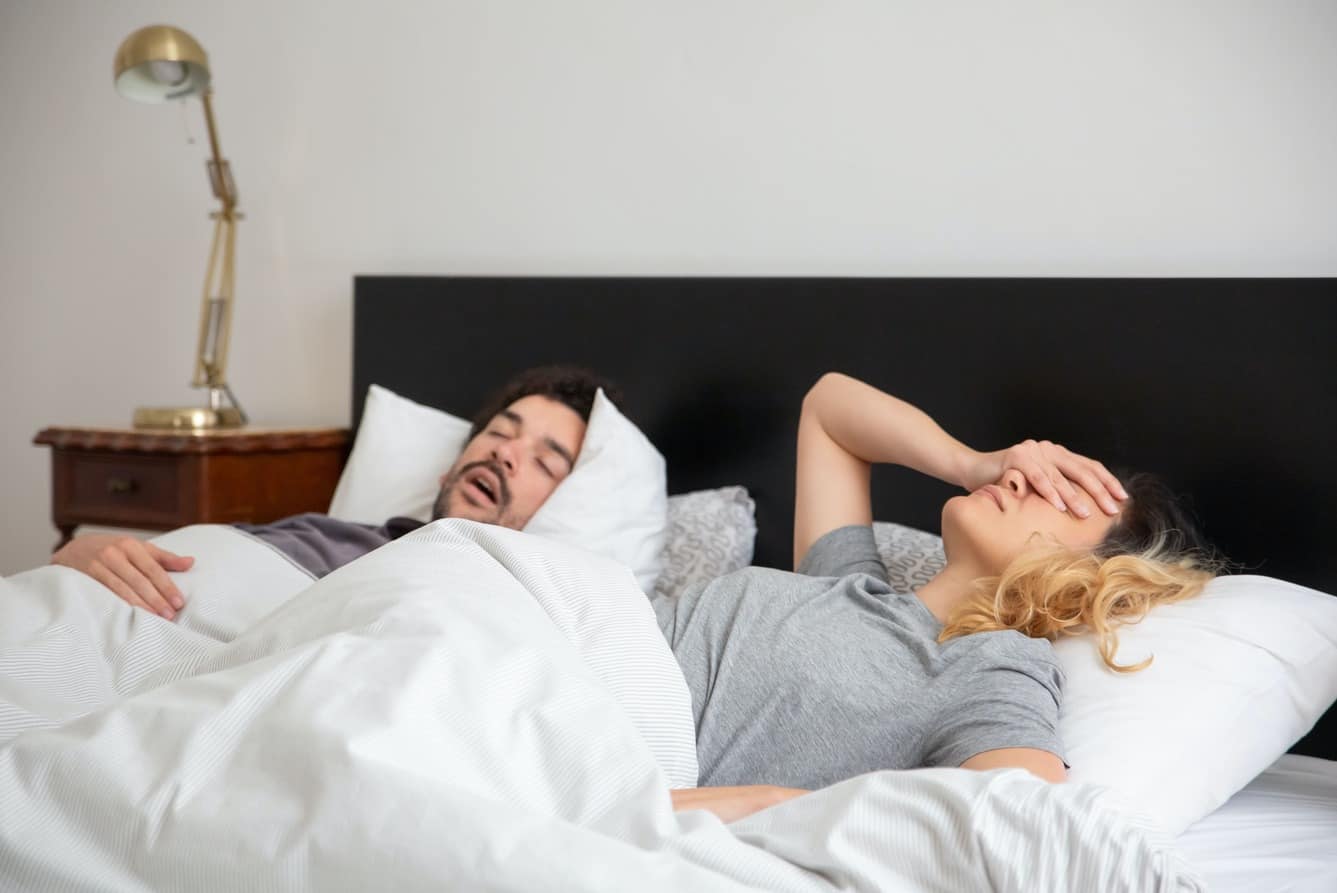
“To sleep, perchance to dream.” Even before Shakespeare crafted this famous line for Hamlet, mankind was obsessed with a good night’s sleep.
Modern research has proved that sleep is indeed a crucial component of a healthy lifestyle. Fortunately, mankind’s ability to dream has helped create a technology called continuous positive airway pressure (CPAP) that has helped millions of people sleep and dream better for improved health and happier lives.
The history of CPAP therapy and machines stretches back to the early 20th century when scientists first began to study sleeping patterns in earnest. In the 1920s, for instance, it was determined that brain waves differ in humans when they are asleep and when they are awake.
Several decades later, in 1958, REM sleep was discovered. In the same decade, scientists also began to study sleep, breathing, and the relationship between the two. Sleep studies became common, and researchers began to seriously look into sleep disorders.
In 1978, Dr. Christian Guilleminault, an American pioneer in sleep medicine, detailed the obstruction of airways while sleeping and its detrimental effects on getting a good night’s rest.
Two years later, in Australia, Dr. Colin Sullivan came up with the idea of providing positive pressure through the nose to help open blocked airways. Traditionally, doctors had recommended tracheostomies to deal with sleep apnea, but many patients naturally objected to this invasive procedure.
After testing positive airway treatments on dogs with success, Dr. Sullivan began trying out the therapy on human patients. Treatment of these early patients was also successful, and by 1980, the first CPAP machine was introduced in the United States.
Innovative industry leaders, such as Philips Respironics fine-tuned these machines, offering better CPAP products. Within five years, more than 100 patients were using these early CPAP machines at home.
In 1990, the self-sealing bubble mask was introduced, increasing patient comfort and improving results. By 2014, more than 1 million people were using CPAP machines at home.
CPAP therapy and machines began as a short-term alternative to surgery and invasive procedures, but they have blossomed into a long-term treatment option that is less invasive. Approved by the FDA, CPAP machines have improved the lives of countless people suffering from sleep apnea and other sleep disorders.
If you have sleep apnea or know someone who does, you should consult your doctor. Besides its obvious symptoms of depriving people of a good night’s sleep, sleep apnea can have deleterious long-term effects and has been linked to serious chronic conditions, including high blood pressure and diabetes.
The history of CPAP therapy and machines is one of continuous improvement. Given the rapid pace of technological change in the world today, we can only expect even more improvements that will make these amazing machines more effective, more comfortable, and more useful.
If you have any questions about CPAP machines and supplies, call RespShop toll-free or email us. Our expert staff will be happy to give you helpful answers.





